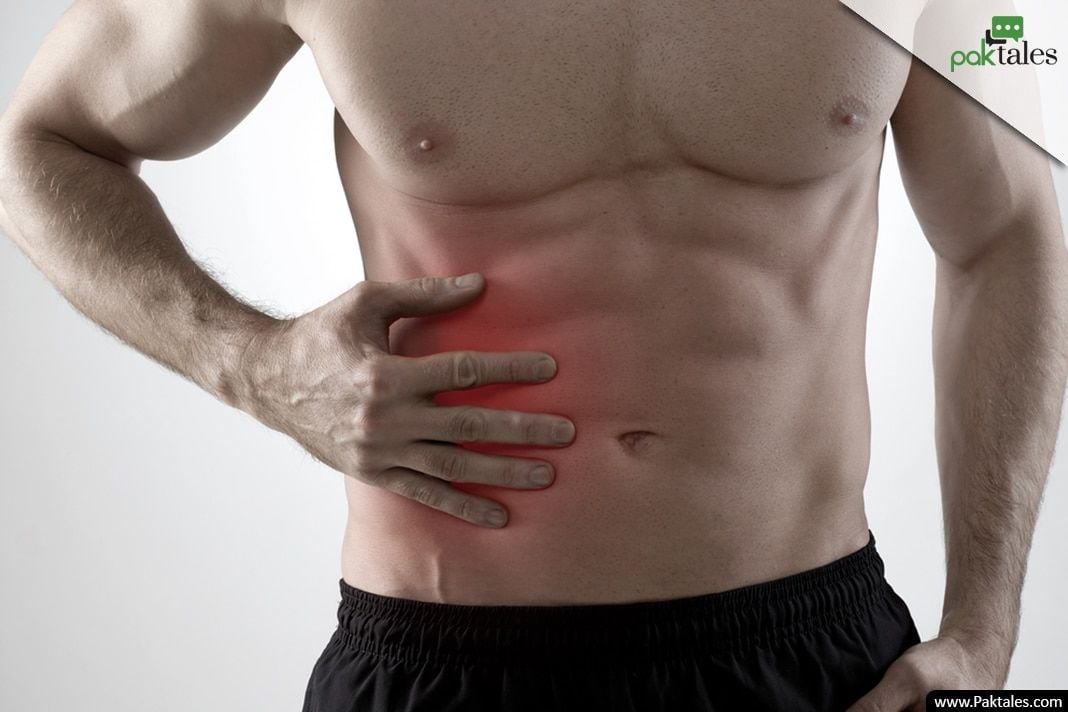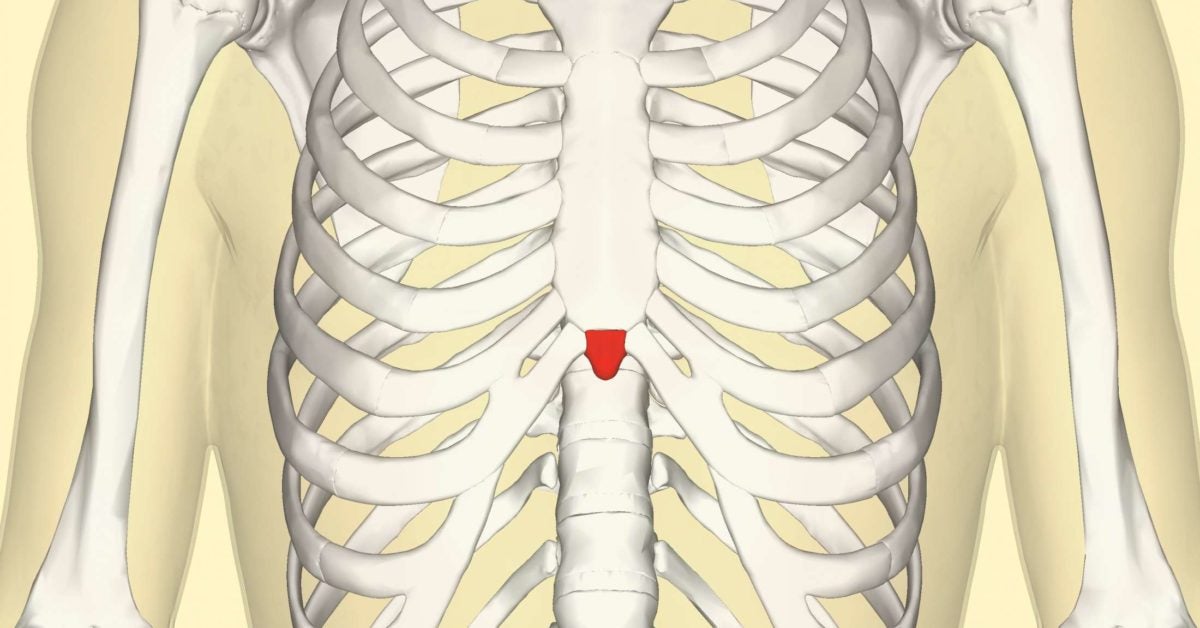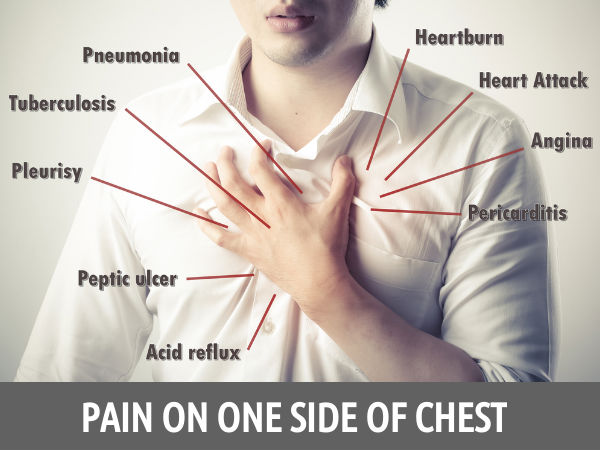
The layers generally glide against each other smoothly as you inhale and exhale. Lining the inside of your chest cavity and the outside of your lungs are two layers of tissue called pleura the area between these layers is called the pleural space. “And any activity you do that causes or reliably exacerbates the pain should be reduced and/or stopped, at least temporarily.” 3. “You can do stretching exercises, put a heating pad on the painful area a few times a day, and take pain relievers, such as acetaminophen or ibuprofen,” Dr. If you’re diagnosed with costochondritis, though, it usually goes away on its own in a few days to a few weeks.

Depending on whether you have any other symptoms, your doctor may also order additional tests. Your doctor may order an electrocardiogram to rule out any cardiac issues. Telltale sign: When the area where the rib meets the breastbone is pressed, you’ll feel pain. It may result from a blow to the chest, heavy lifting or hard exercise, or sustained coughing and sneezing. Taroyan explains that costochondritis causes pain (it can be either sharp or dull) and tenderness in your chest. “This area where the ribs meet the breastbone, called costosternal joints, can become inflamed,” says Rose Taroyan, MD, a family medicine physician at Keck Medicine of USC and clinical associate professor of family medicine at the Keck School of Medicine of USC.ĭr.

All but two of your ribs are attached to your sternum, or breastbone, by cartilage. You may not have heard of this condition, but it’s actually a common cause of rib cage pain. Your doctor may give you a device to breathe into, to help improve your lung function, and pain medications to make breathing easier, until your broken or bruised rib heals.

Respiratory complications, like pneumonia, occur in nearly a third of patients with rib fractures. Failing to do so may result in pneumonia. Even if it hurts, it’s important to breathe deeply, so you can keep your lungs clear. Plus, they need to keep moving when you breathe. Ribs obviously can’t be put in a cast or immobilized, like other broken bones. If you have, a CT scan will help determine whether your lungs have been injured. Your doctor may order a chest X-ray to determine if you’ve fractured your rib. Telltale sign: Injured ribs cause pain when breathing, coughing, twisting or bending.

Symptoms for bruised and broken ribs are much the same: pain, particularly when breathing or coughing. A bruised rib means the bone is not actually cracked, but it still may have sustained damage. But this may also mean they take the brunt of the damage in the case of trauma, such as a car accident, steep fall, physical assault or even intense coughing. Your rib cage provides a crucial function: to protect your heart, lungs and other vital organs. Here are three conditions that can cause rib cage pain, and the telltale symptoms doctors use to tell them apart. The ribs themselves, and the area surrounding them, can also cause discomfort. But the pain you’re experiencing might not actually be coming from one of your organs. Pain in your chest can be scary - you may even be worried you’re having a heart attack. Learn the symptoms of each condition and what treatment to expect.


 0 kommentar(er)
0 kommentar(er)
